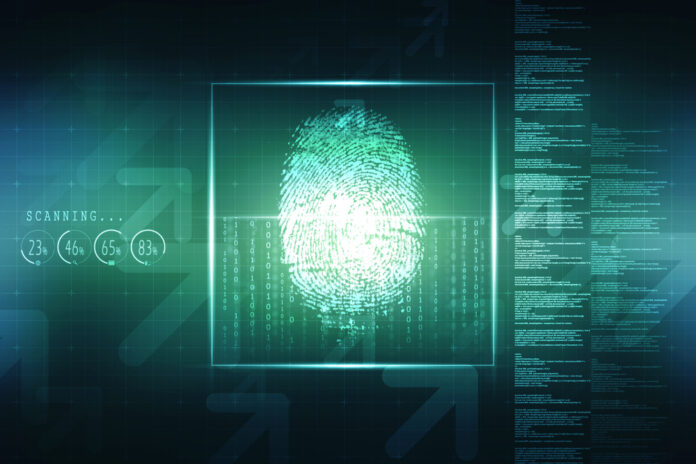Digital Forensics has become the backbone of criminal investigations worldwide. With most crimes now leaving behind digital footprints, from emails to GPS data, the ability to recover, examine, and analyze this information is essential.
According to the National Institute of Justice, “Electronic evidence plays a role in nearly every investigation today, making digital forensics indispensable to law enforcement.”
Types of Digital Forensics
The field has expanded into multiple sub-disciplines, including:
-
Media Forensics – Recovering deleted or altered files.
-
Network Forensics – Tracking malware, abnormal traffic, and cyberattacks.
-
Wireless Forensics – Examining wireless traffic to detect intrusions.
-
Database Forensics – Analyzing databases and metadata.
-
Software Forensics – Investigating crimes involving proprietary software.
-
Email Forensics – Recovering deleted or altered communications.
-
Memory Forensics – Extracting evidence from live RAM.
-
Mobile Phone Forensics – Tracking GPS, calls, and app data.
“Every byte of data is a potential witness in court,” said one investigator.




